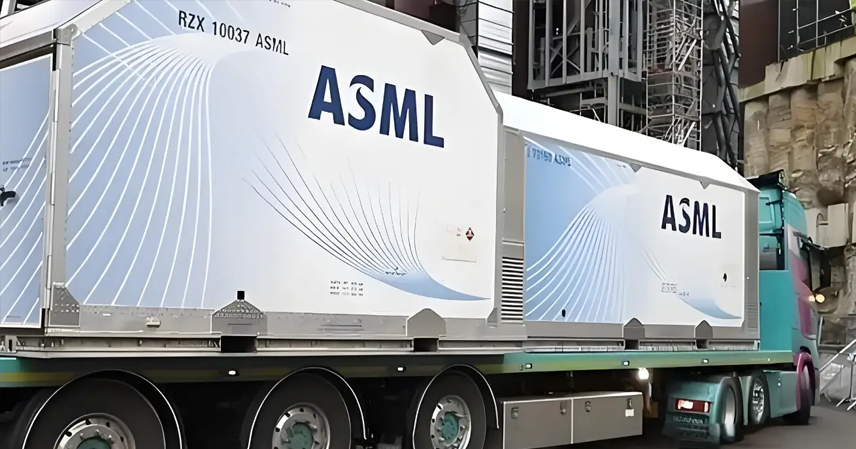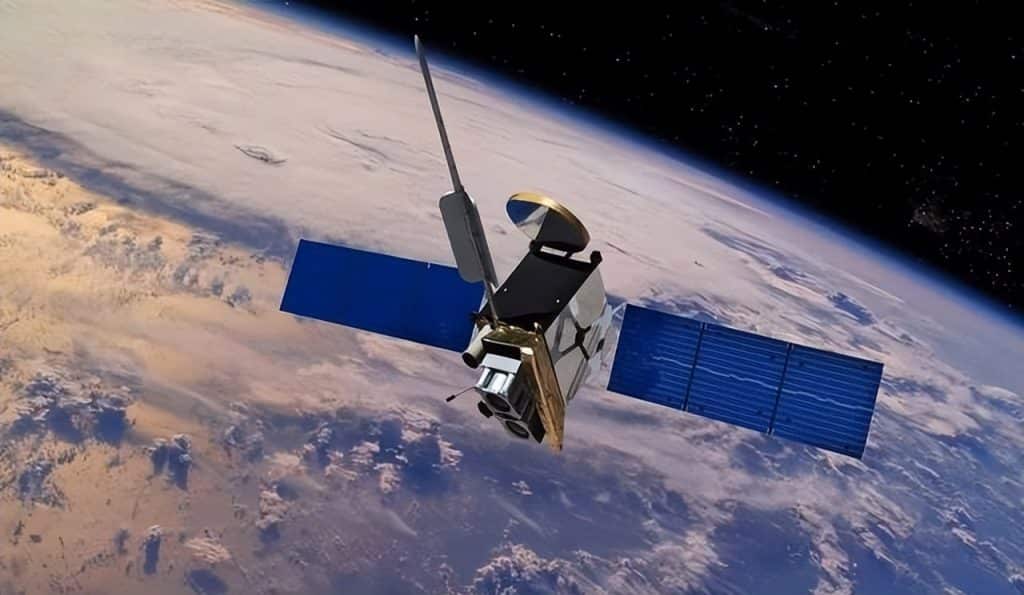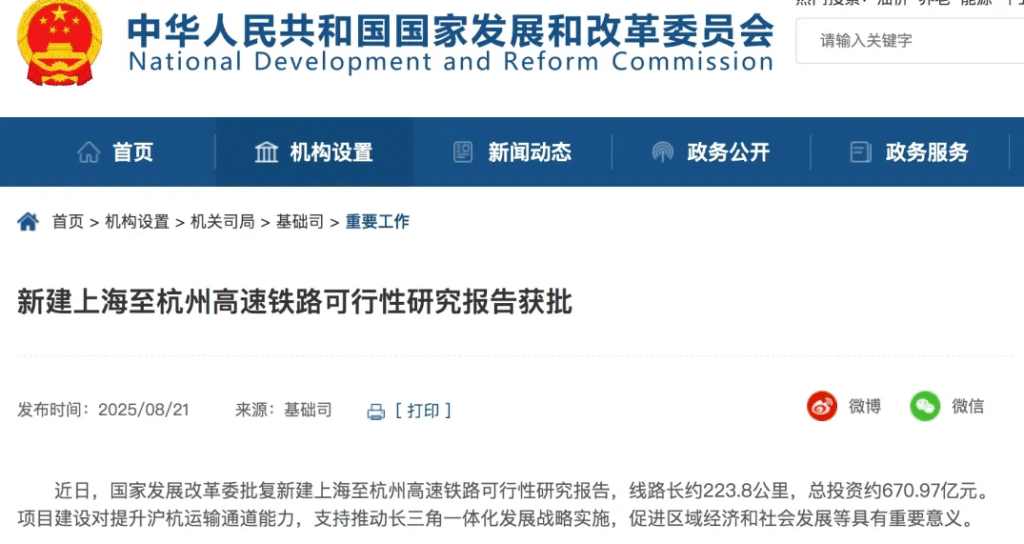Beijing’s tightened export controls on rare earths could disrupt the production of ASML’s advanced lithography machines, exposing the West’s dependence on China’s material dominance.
From December 1, Dutch semiconductor equipment giant ASML will face new export constraints on its advanced lithography machine production, after China’s October 2025 rare earth regulations extended export control to a wider range of materials and technologies essential to chipmaking.
The updated policy isn’t just a tougher version of existing rules—it widens the control net across the global supply chain. Previously, restrictions mainly applied to Chinese-origin rare earth ores and separated compounds. Now, any foreign-made product containing over 0.1% Chinese heavy rare earth content, such as rare earth magnets or semiconductor materials, requires China’s export approval before being shipped abroad.
Even more striking, products manufactured using Chinese rare earth mining or refining technology are also subject to approval. This effectively gives Beijing end-to-end oversight—from raw extraction to finished components.
ASML’s “Achilles’ Heel” Exposed
The move hits ASML right where it hurts. Its EUV lithography systems, often called the “entry ticket” to high-end chip production, rely heavily on components made with Chinese rare earths.
The precision motors that drive wafer positioning and lens focusing in these machines use rare earth permanent magnets capable of nanometer-level accuracy—tolerances smaller than a fraction of a human hair. But here’s the catch: 93% of the world’s rare earth magnet production is based in China. Alternative sources in Europe or Japan either cannot match the precision or would increase production costs tenfold.
The light source system in ASML’s machines also depends on yttrium-based coatings that can withstand extreme temperatures, and China remains the global leader in high-purity yttrium refinement. Meanwhile, the optical glass lenses rely on lanthanum, another element where China controls 70% of mining and 90% of processing capacity worldwide. In short, ASML has nowhere else to turn for substitutes.
Beijing’s Counterplay to U.S. Pressure
Ironically, the United States once pressured the Dutch government to restrict ASML’s lithography exports to China, hoping to choke off Beijing’s access to advanced semiconductor tools. Now, China’s new rare earth rules have effectively reversed the leverage.
Under the updated policy, any ASML machine sold to TSMC, Samsung, or Intel that contains Chinese-sourced rare earths—even if assembled abroad—requires Chinese approval for export after December 1.
According to Bloomberg, ASML has quietly begun preparing for potential disruptions, lobbying the Dutch government while seeking alternative materials through U.S. channels. But options are slim:
- Australia’s rare earth ores are low-grade and costly to purify.
- Myanmar’s supply is unstable and often routed back to China for reprocessing.
- Western refineries lack both capacity and the technology to match Chinese efficiency.
In the end, even “decoupling” efforts loop back to China.
The West Scrambles for Solutions
The reaction from the U.S. and EU has been one of concern and quiet panic. American chip firms are now auditing their products for Chinese rare earth content, fearing that pending approvals could halt production lines.
Germany’s Ministry of Economy publicly expressed “deep concern,” though it has yet to identify any viable alternative supply source. The European Commission also pledged to “ensure stable supply,” but the EU’s domestic rare earth capacity covers less than 5% of its total demand.
China’s Strategic Advantage
Beijing’s stance, however, remains firm and consistent. Officials emphasize that the new controls are lawful and in line with global non-proliferation norms, targeting dual-use materials relevant to both civilian and military applications. The aim, they argue, is not retaliation, but the protection of national security and responsible management of critical resources.
Still, the global implications are clear: countries accustomed to technological dominance now find themselves dependent on China’s industrial foundation. As one Chinese analyst put it, “They believed holding the lithography machines gave them control. But without rare earths, even the most advanced machine is just a pile of metal.”
Beyond Retaliation: A Shift in Global Power Balance
Ultimately, this episode exposes the illusion of Western technological containment. The U.S. and its allies sought to curb China’s rise through export bans and supply restrictions, but Beijing has responded by tightening control where it matters most—the upstream materials that underpin advanced manufacturing.
China’s rare earth strategy is not about isolation but about establishing interdependence on fair terms. As the world’s manufacturing backbone, China has made one point unmistakably clear:
True security in technology supply chains will only come through cooperation, not coercion.



